What was your first byline in Trains?
Blair Kooistra: It was a short, totally unsolicited book review on the softcover photography title “Railroading West: A Contemporary Glimpse,” written 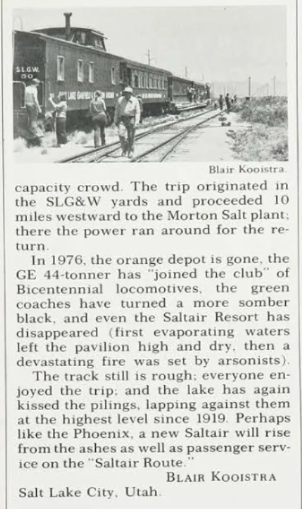 by Jeff Brouws and Ronald Hill, appearing in the October 1976 issue. I was an impressionable 16 1/2 years old, and was blown away by the photography and presentation from this little book. I was also woefully unfamiliar with other similar books that had come before, namely the Steinheimer and Sims book “Western Trains” from the early 1960s that in part inspired this title. My first photo credit was a month later, a tiny photo of an NRHS excursion on the “Saltair Route” in Utah accompanying a letter to the editor. Internet and social media has diluted the impact of appearing in print today, but back then, being published in Trains was the pinnacle of the hobby press.
by Jeff Brouws and Ronald Hill, appearing in the October 1976 issue. I was an impressionable 16 1/2 years old, and was blown away by the photography and presentation from this little book. I was also woefully unfamiliar with other similar books that had come before, namely the Steinheimer and Sims book “Western Trains” from the early 1960s that in part inspired this title. My first photo credit was a month later, a tiny photo of an NRHS excursion on the “Saltair Route” in Utah accompanying a letter to the editor. Internet and social media has diluted the impact of appearing in print today, but back then, being published in Trains was the pinnacle of the hobby press.
First photo byline: the November 1976 issue, in the letters to the editor section.
What’s your favorite locomotive and why?
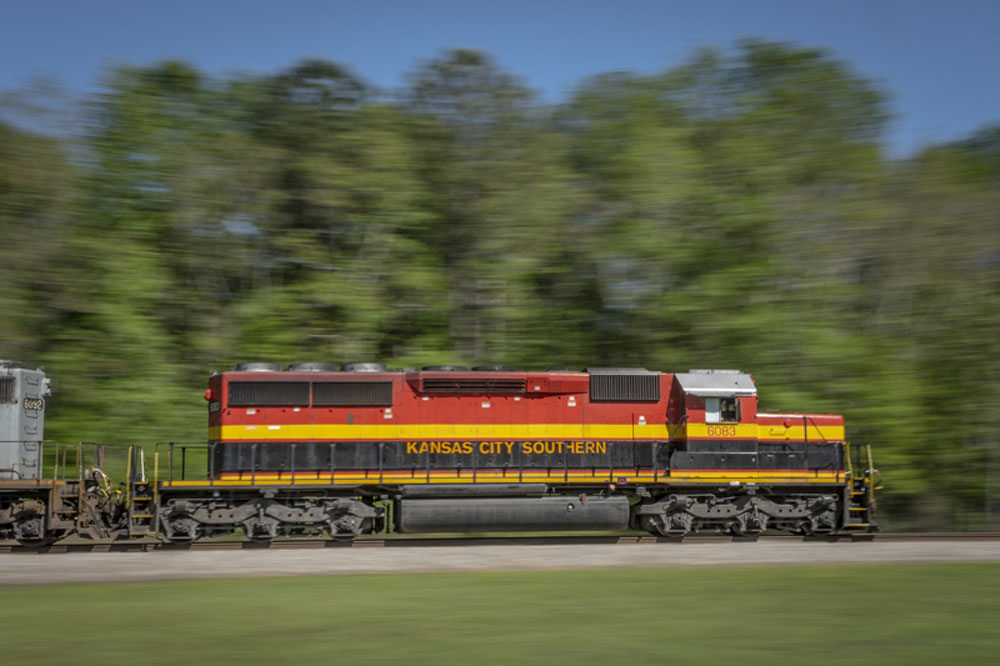
Blair Kooistra: How can one choose just one! I have several favorites for varied reasons, but if I chose three — and that would be tough to do — it would be No. 1) the EMD F-unit, for its streamlined style and its history in the technological advances in the industry, as well as the locomotives. I really had a small obsession over these when I was becoming a railfan in the mid-1970s as they were on their way out. No. 2) the Alco C636, a handsome beast with a small production run that I had fleeting encounters with in their final years on Burlington Northern in the Pacific Northwest. No. 3) the EMD SD40-2, which I choose for sentimental reasons as the dominant locomotive when I became a railfan — and which, at the time, I grew tired of seeing because of its omnipresence — but now have a soft spot in my heart due to our long history together.
I’m sure the new generation of railfans feel the same way about the SD40-2 today as I did the F-unit when I was their age!
Describe your love of railroading in six words or less.
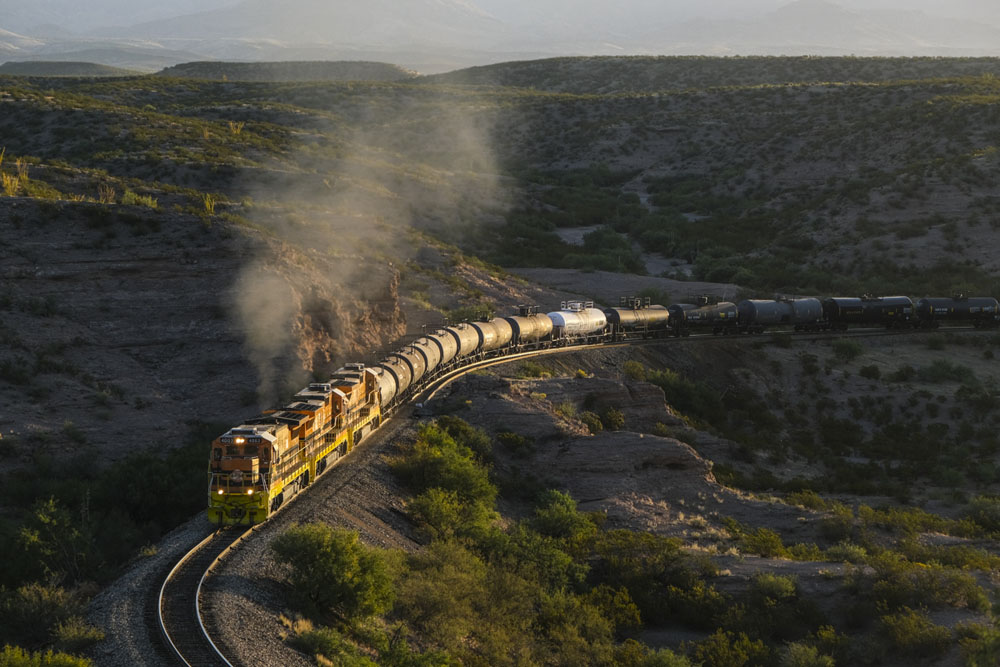
Blair Kooistra: Wide-open spaces. I realized early on that following railroads into the great unknown open spaces of the western United States was as much a journey of self-discovery, self-reliance, and a place for an awkward teenaged loner like myself to fit in as it was about the trains. Though eventually I made a 30-year career working for the railroads, my love for being trackside and waiting for a photograph in a remote location hasn’t diminished. It’s really become part of my soul.
What’s your fondest memory as a Trains contributor?
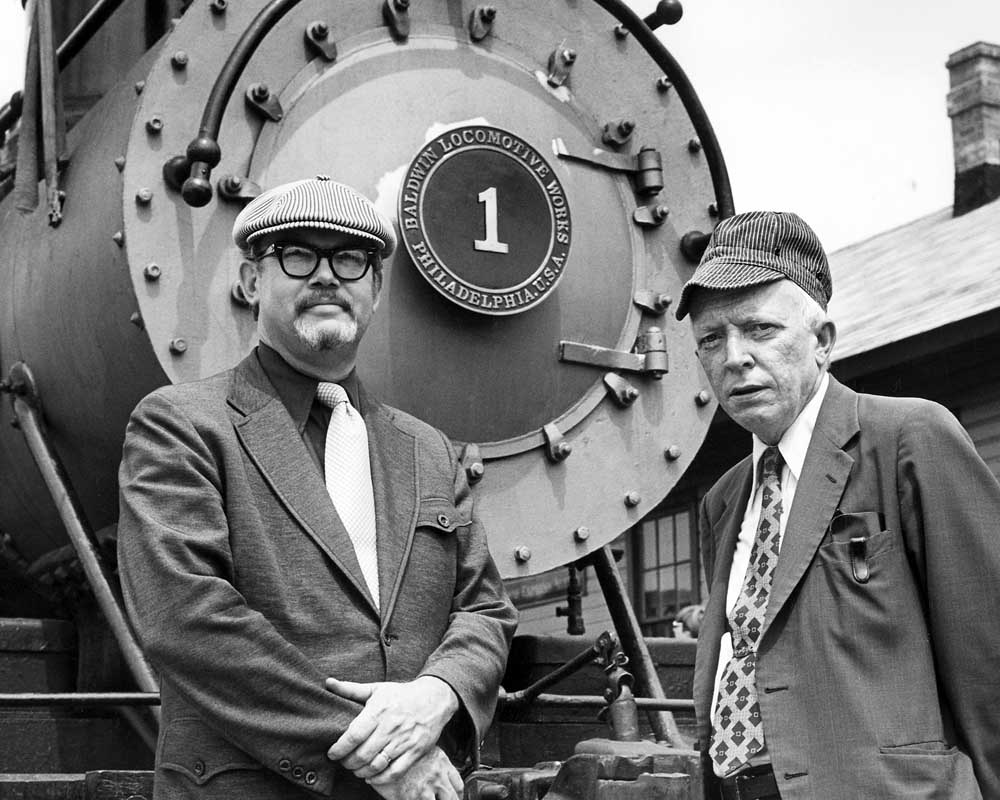
Blair Kooistra: Though I never met the man, my correspondences and short phone conversations with the legendary David P. Morgan are what I remember the most. I remember getting up the nerve to cold-call him one day to pitch him an article idea — it was like making a phone call to God. How I ever got a coherent sentence out of my mouth in speaking with him is beside me. But Morgan was incredibly patient and encouraging to me as a kid with a camera and trusting in my developing abilities to give me a lot of space and promote my work. I’ve worked with several great editors over the years, and they all share that trait in developing talent and encouraging contributors to take chances — hopefully succeeding as a result.
What article received the biggest reader reaction?
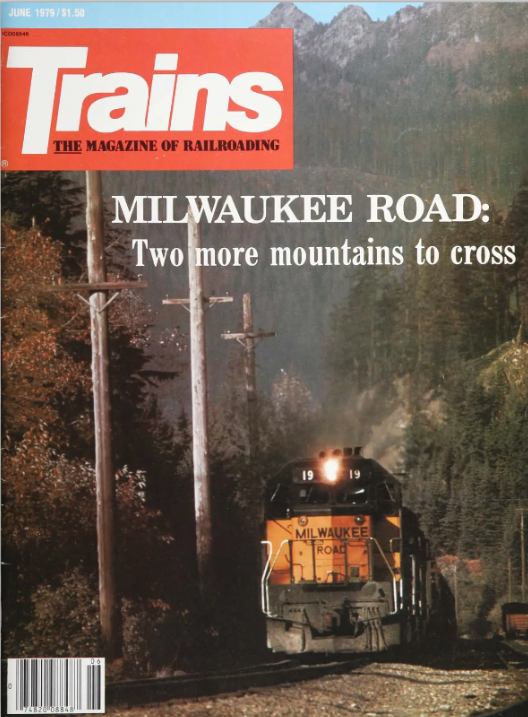
Blair Kooistra: Without a doubt, my big cover story in the June 1979 issue, “Of Ryegrass and Evergreen”
about the Milwaukee Road across the Cascade and Saddle Mountains in Washington state, which found its inspiration in Ted Benson’s issue-length article on “Nevada” in January 1978. Appearing not long before the railroad ended operations on the west coast, its lavish treatment on two covers and across more than a dozen pages made this easily the single most popular article I’ve written. And I won’t under-emphasize the importance of Editor Morgan and his staff’s care to keep the words and photos of each theme on the same pages. Even today, nearly 45 years later, I’ll run into devotees of the Milwaukee Road who weren’t even born when the issue was printed and they’ll mention it to me and even ask me to sign their copies. That’s pretty flattering. Should I mention that I was still a teenager when I wrote that?
Jeez … I was too young to know what a crazy idea such an article was. I’m only half-joking in saying that due to that article, I became a has-been at age 19!
What advice would you give a new contributor?
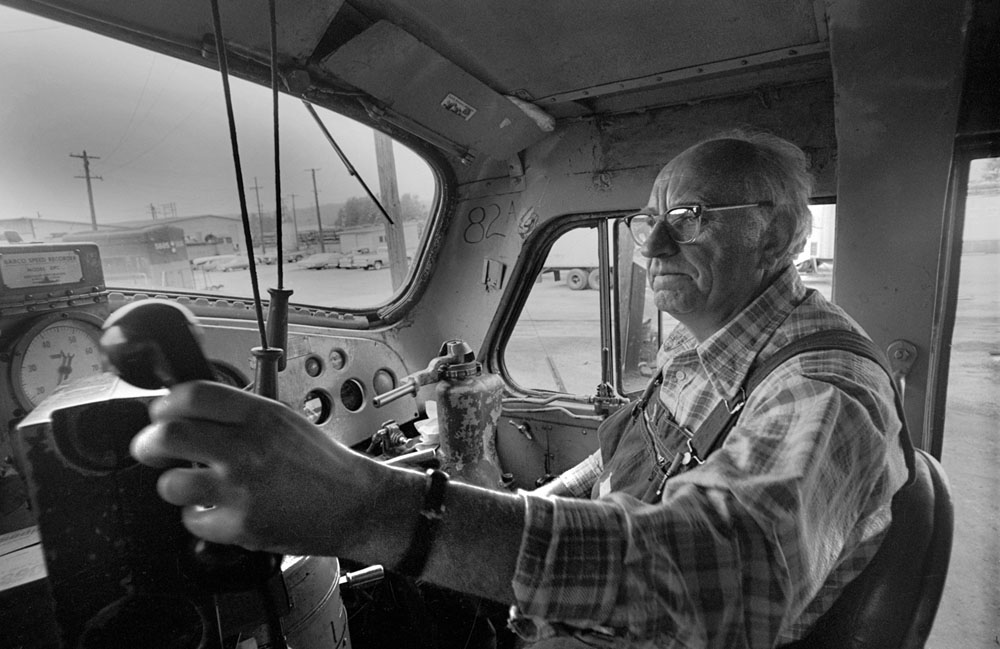
Blair Kooistra: My first feature in Trains, in the March 1978 issue, was on the Milwaukee Road’s Tacoma Hill helper locomotives — “backyard” to me in the Seattle area. I got to know the crews and developed a rapport, leading to access and information. Sadly, access like this is rare anymore in today’s railroading. But, there are so many places to “publish” your work these days compared to when I did this article — all over the internet, to blogs, to social media — but getting your work in print gives it a shelf-life and timelessness that can’t be matched with putting it on the world wide web.
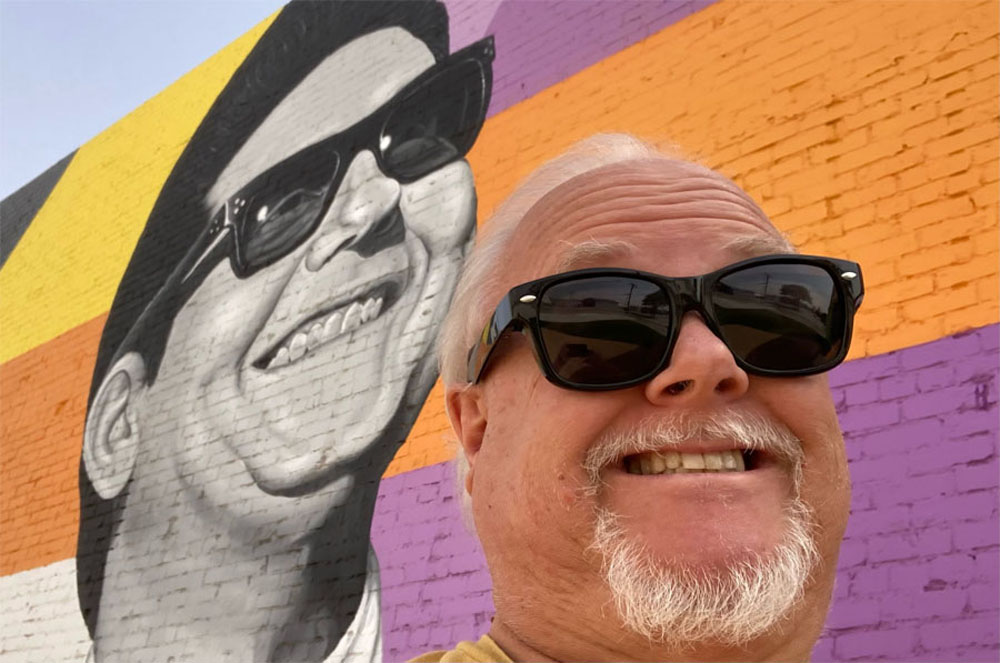
At times, hunkering down and doing the work on an article for a printed magazine seems like a quaint idea from a past generation. But there’s no better way to build confidence in your own work and abilities than to come up with an idea, develop sources who know the FACTS of your subject, and then work with an editor to see it through to print. I was taught in journalism school years ago that “all news is local,” and that applies to the railroad press as well.
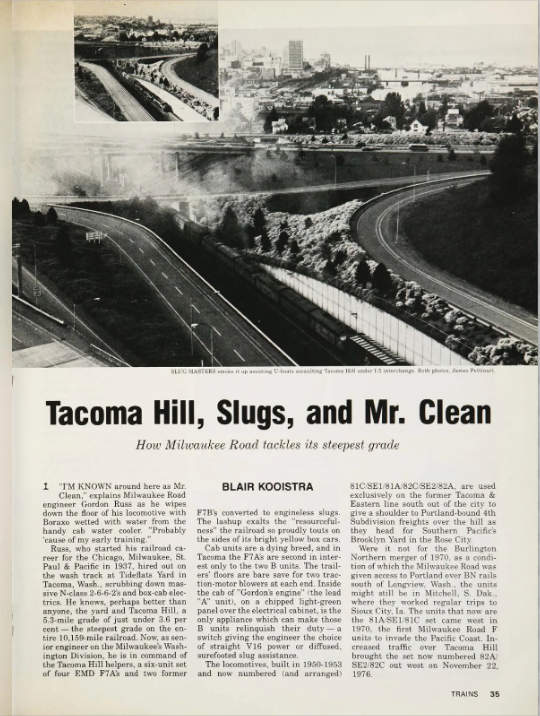
National trends are reflected in your backyard, so I would encourage would-be authors to “adopt” a nearby railroad, learn all you can about it, and try to apply what’s going on across the industry to what you see locally.
The backyard is always the best place to learn to talk to railroaders and observe operations. Then it’s up to you to put your ideas, facts, and interviews to words that relate what you see to readers across the country. And develop working relationships with the magazine editors as well, so that when something comes up they need illustrated or have an idea for an article, they think of you first as their go-to person.





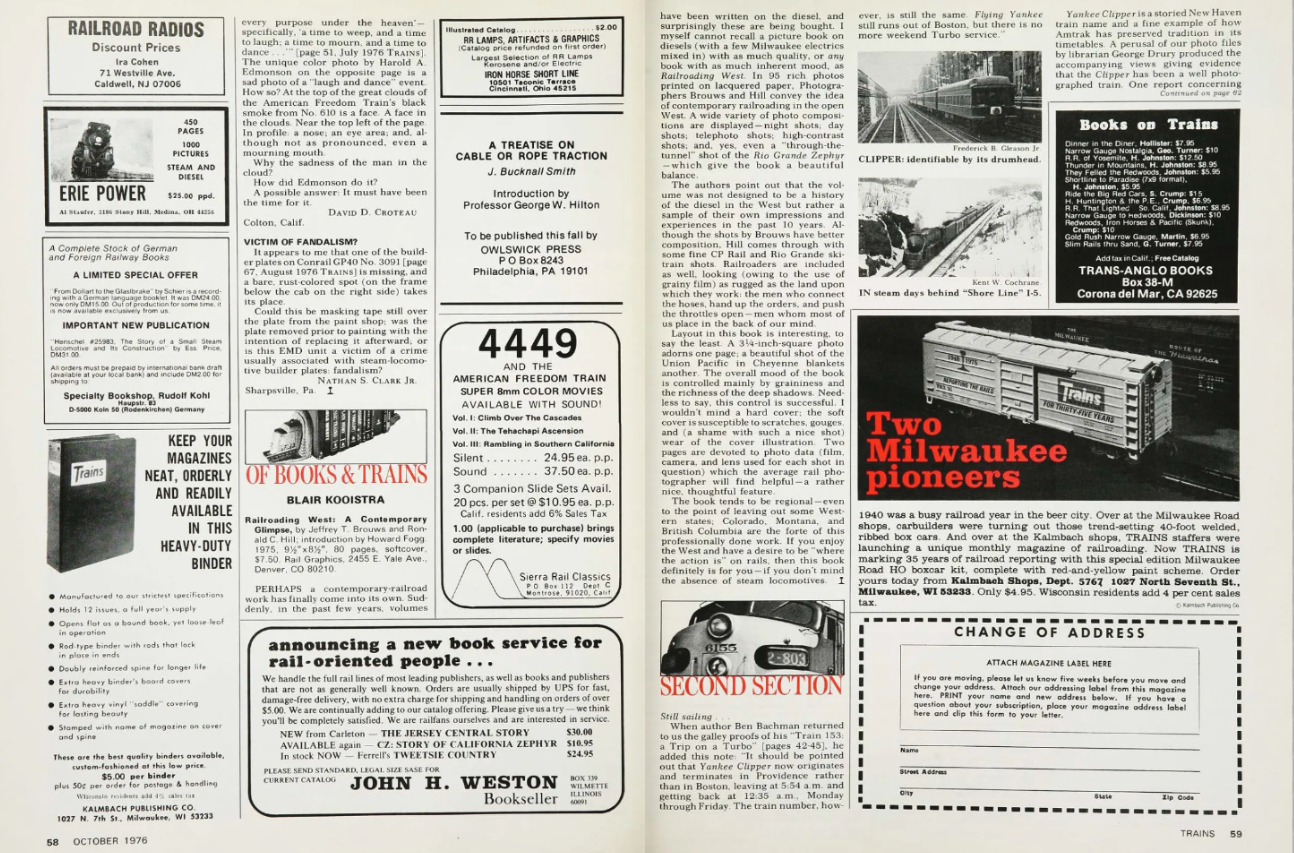
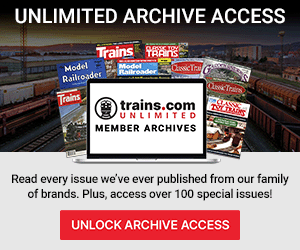
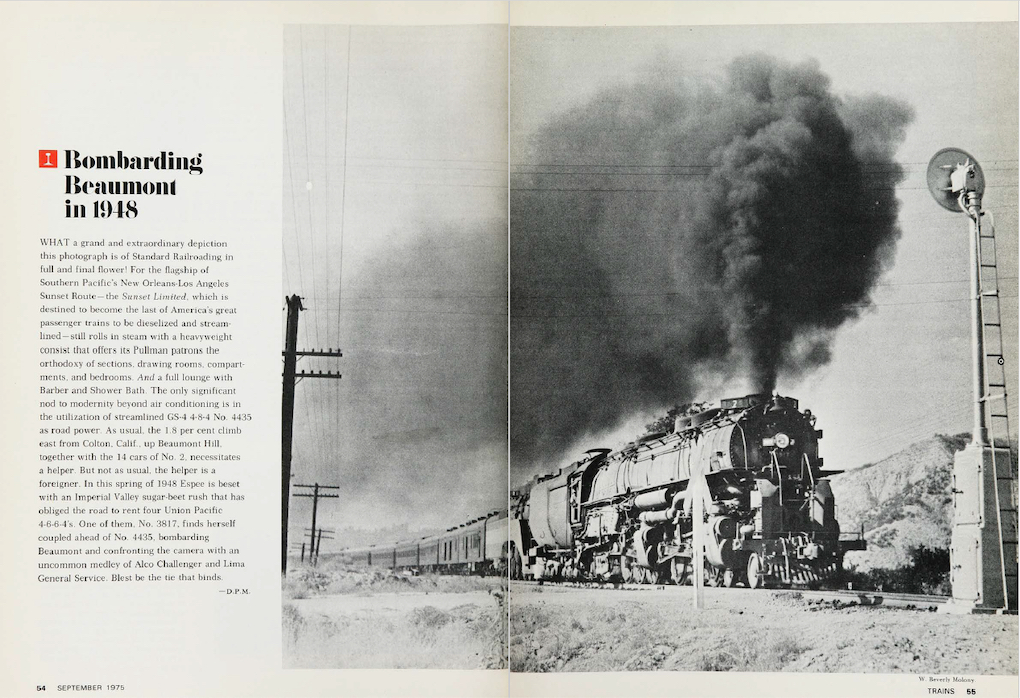
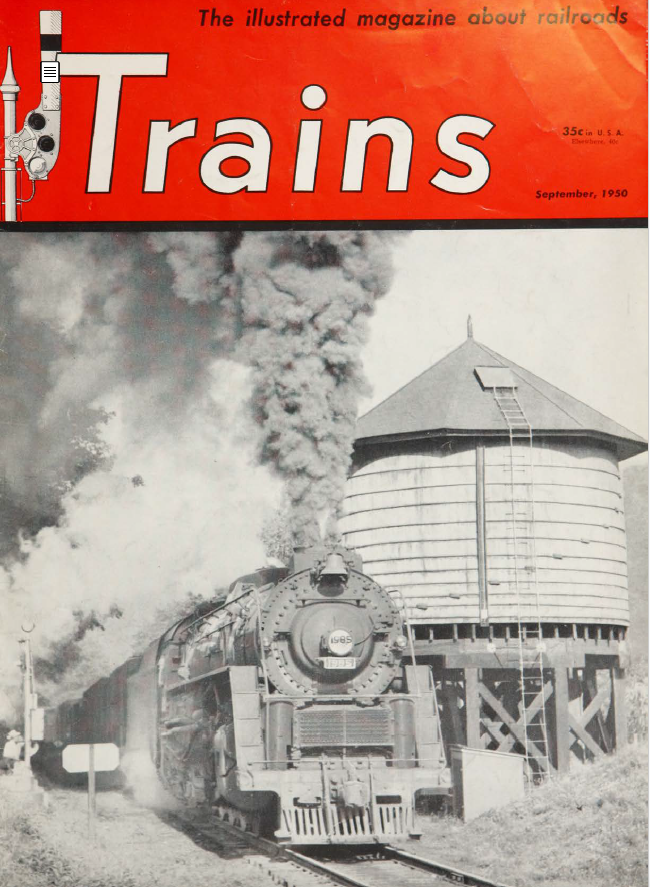


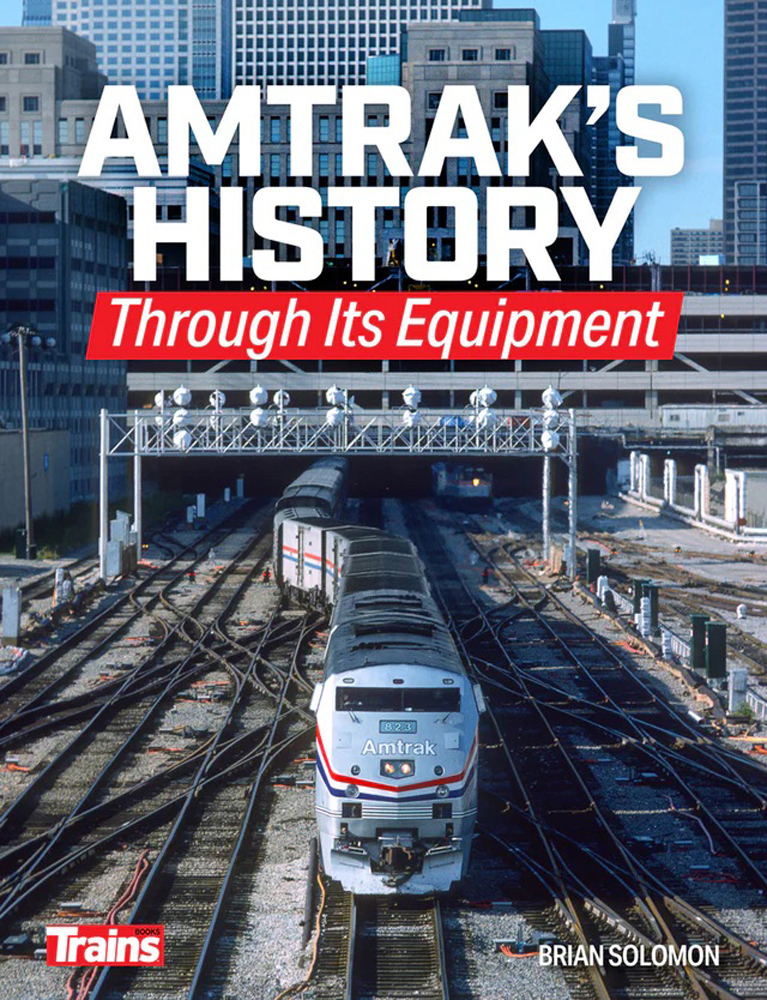
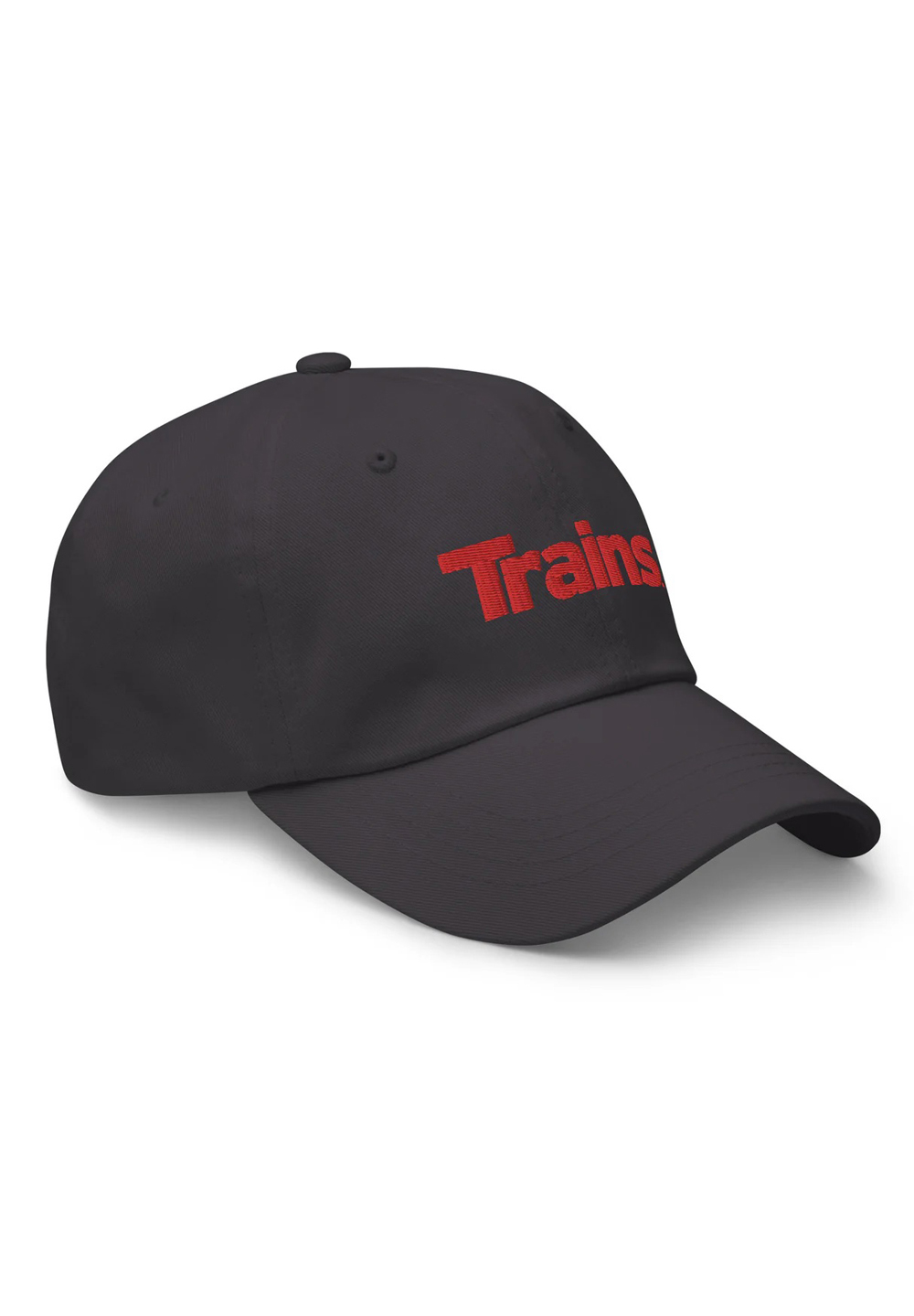
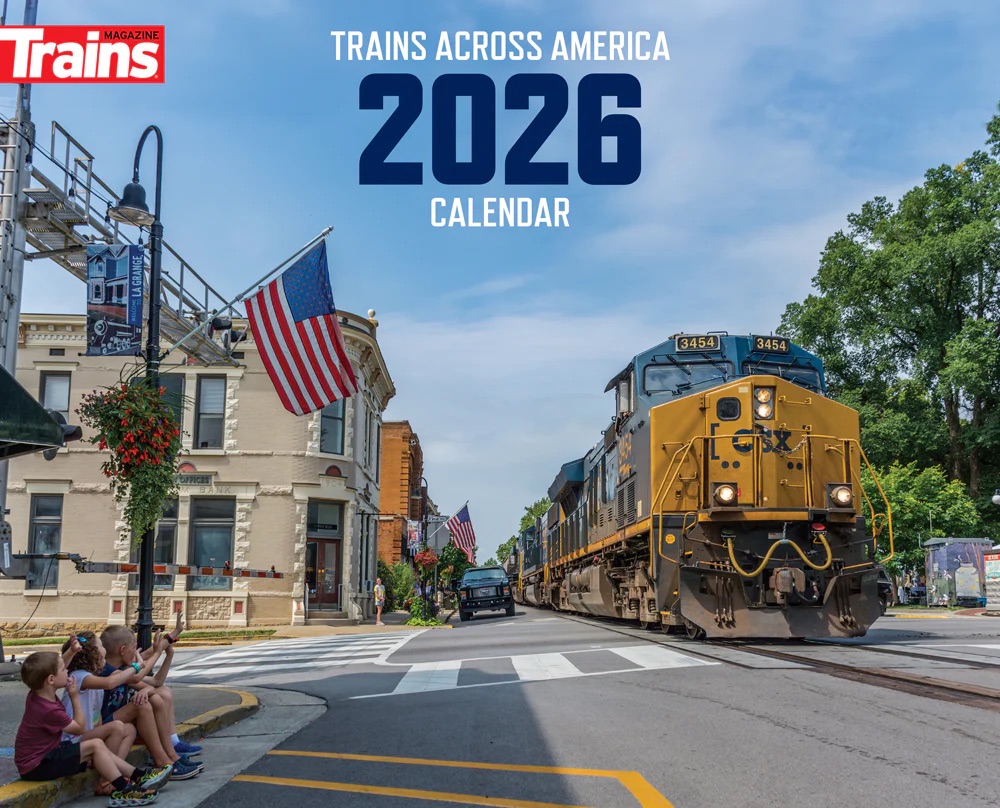
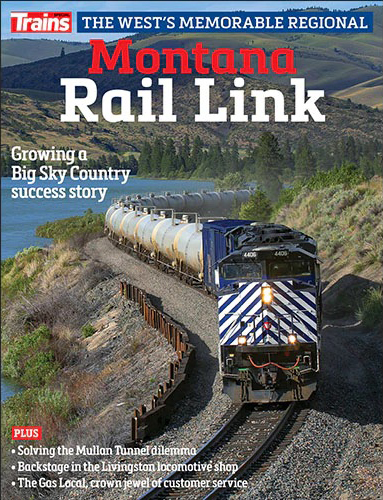
I can relate to Blair’s comments about having an article of photo in print “gives it a shelf-life and timelessness that can’t be matched with putting it on the World Wide Web.” I got my first photo in the February 1972 MR (a cow and calf Athearn Hustler on the old Peninsula Model Railroad layout in San Mateo, CA) and more recently, an article I wrote describing the building of a diorama in the January 2023 MR, Seeing something of yours on the Web is one thing but holding it in your hand is supreme.
Blair’s photojournalism background is shown in his work. I have always envied photographers that can strike up a conversion with a stranger and then take fantastic portraits. Blair’s work is easily up there with the best. My photography would not be where it is without Blair. Thank You.
Still recall Blair’s mind-blowing Milwaukee Road articles – they are the gold standard!